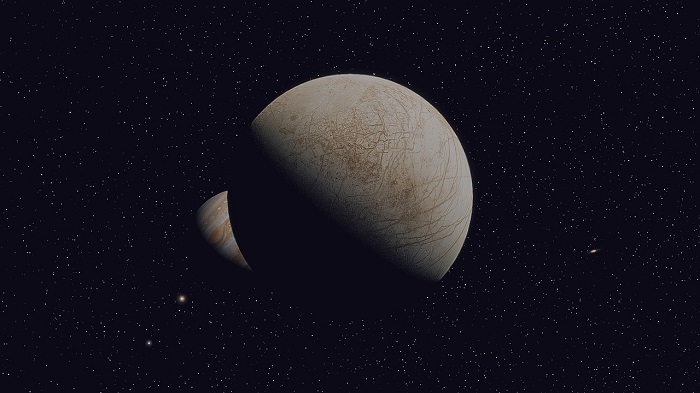What is the speed of darkness? This question may rarely be raised in anyone's mind. But if there is ever a need to explain darkness, then how would you define it, in fact, the total or partial absence of light is called darkness. It is actually a state that prevails in large parts of the universe, and there is very little light present in the space between the galaxies, or planets, or stars. That's why these spaces always look black in every picture taken by telescope or other sources. Light spreads in every direction, and its speed through space is 300000 kilometers per second, but the farther it goes from its source, the more it becomes dimmer. If the light source goes on and off, the gaps of darkness are formed and the speed of these gaps is also the same as the speed of light.
Imagine if the sun suddenly stops shining, the darkness will reach earth with a delay of about 8 minutes, which is exactly the same time the sunlight takes to reach the earth. But darkness can travel at different speeds. The earth spins on its axis and completes one circle every 24 hours, and where it turns away from the sun, it's getting dark, that is, night falls. This darkness travels at 1600 km per hour around the earth's equator. The moon turns much slower than our planet earth, so darkness can only manage a speed of 16 kilometers per hour there. On Ceres, the darkness is yet another speed, as there it travels at 330 kilometers per hour over the dwarf planet's equator. Darkness is expanding throughout the universe because galaxies are moving apart even faster, making the light emitted from them appear fainter and fainter. Therefore in the distant future, the sky will become completely dark, this is what the theory says.














0 comments:
Post a Comment